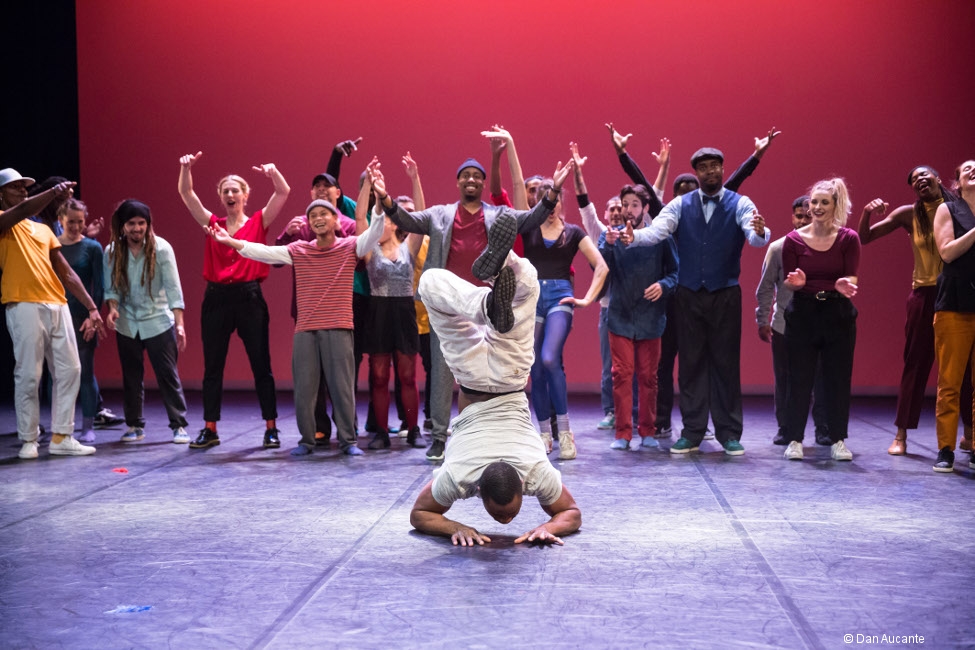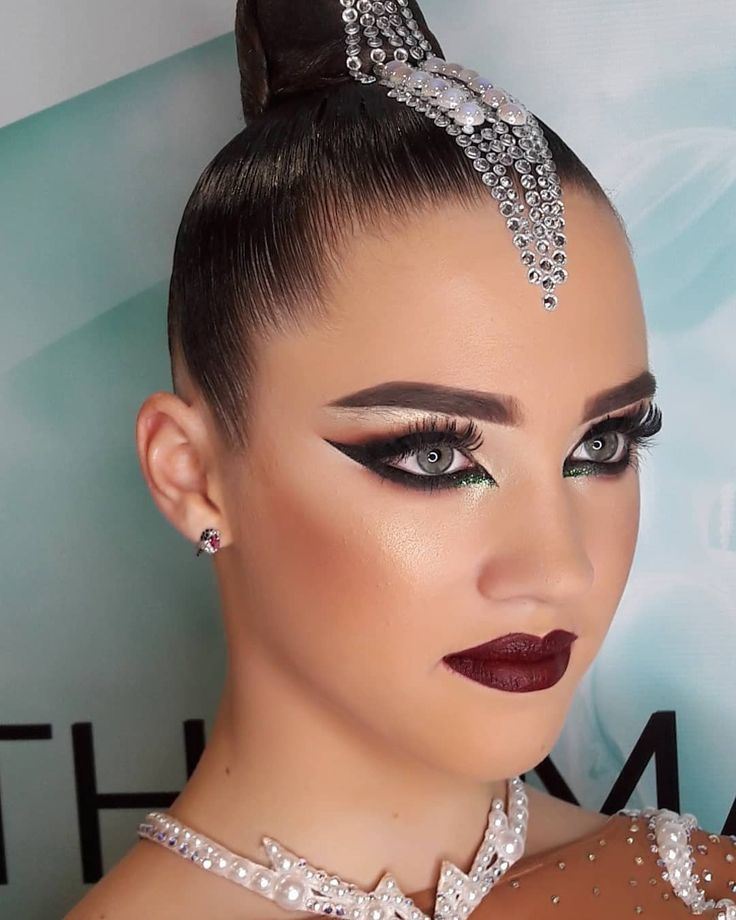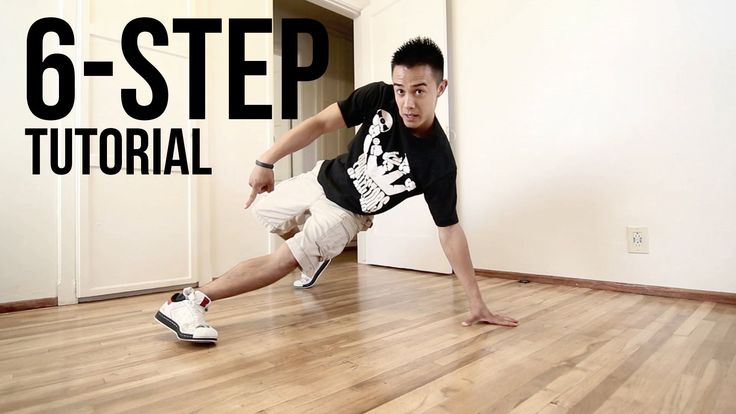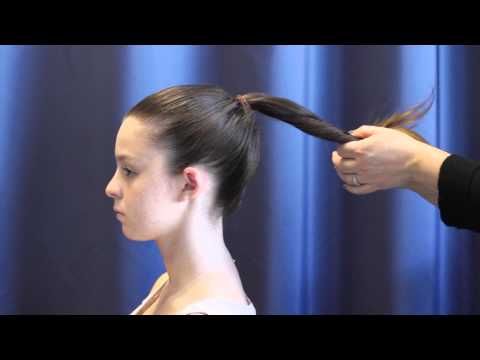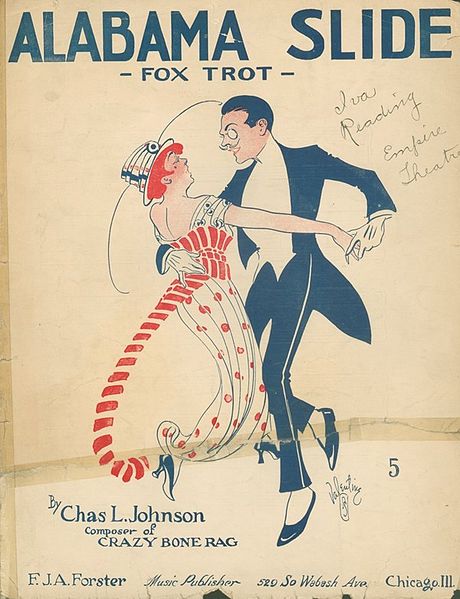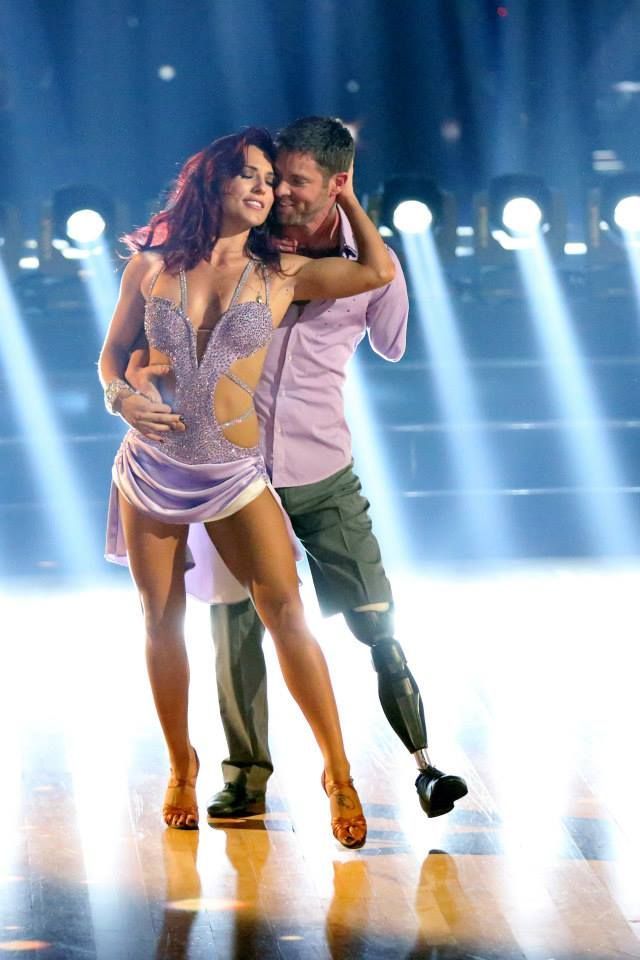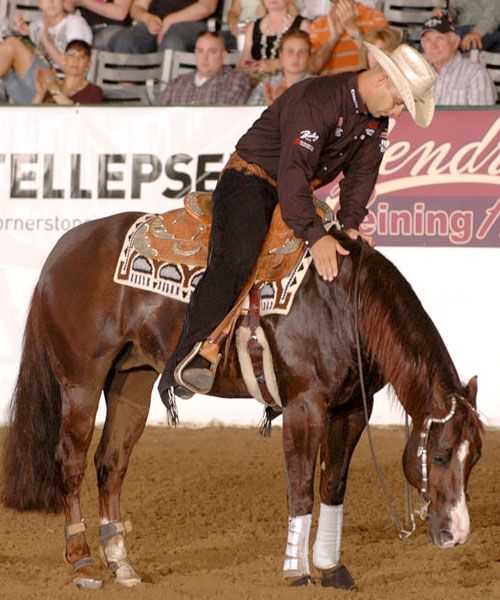How did dancing start
Dance Facts and History
Dance is a form of art that is made by purposefully recreating selected sequences of human motion, which can be imbued with the values of aesthetic and symbolism that are acknowledged by both performers and observers from within the particular culture. The dance itself can be freeform or can have a predefined choreography that may or may not align with traditions of origin or historical period.
The dance can be performed to serve various functions (social, competitive,
ceremonial, martial, erotic…) but it also has two distinct forms – theatrical dance in which dancers perform for an audience,
and participatory social dance where dancing in a group is
encouraged to anyone. Participatory dances are most commonly found at
weddings, social gatherings, and festivals, and they can be enjoyed with
folk music both alone or in a group (pairs, lines, chains or other forms).
Theatrical dance is known for having more elaborate choreography, planning, costume, scenery and other elements that make the entire production feel more professional. The performers of theatrical dance are usually professional “ virtuoso dancers”, who practice their craft over the years, and are often tasked to interpret the musical accompaniment with advanced dance moves or routines.
Origins and Early History
The dance has always been with us, even before the arrival of written language and modern history,
when our earliest cultures evolved utilizing oral and performance methods
to pass the stories from one generation to the next. Many historians
believe that social, celebratory and ritual dances are one
of the essential factors of the development of early human civilizations.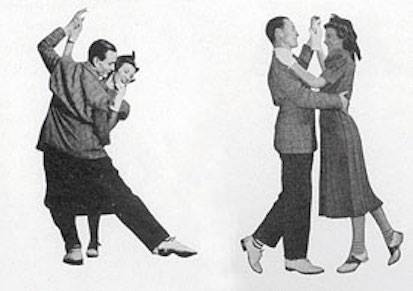
The earliest findings have pinpointed the origins of ancient dances in 9000-year-old India or 5300-year-old Egypt, but the records more common infusion of dance into a modern culture can be found from Ancient Greece, China, and India. All these old dances evolved, eventually morphing into a wide variety of Roman and European medieval dances, traditional Chinese dances, Hindi and other traditional dances, respectively.
After the arrival of European Renaissance, the history of music and dance exploded with the new additions to song and dance. Ease of travel and immigration to the new world brought these dances into the mix with many native cultures of the New World, forging countless new dance types that are still popular to this day.
Do you know these facts about dance?
-
First archeological proof of dance comes from the 9 thousand year old cave paintings in India.
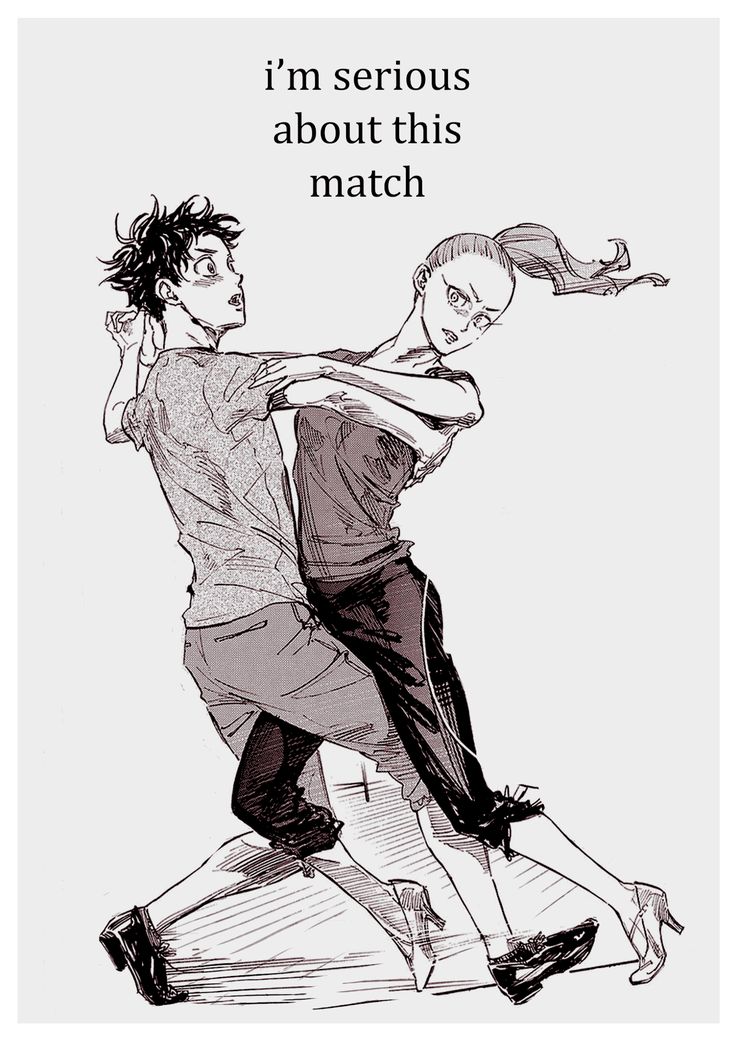
- One of the earliest uses of structured dance was introduced in religious ceremonies that told the stories of ancient myths and gods. Egyptian priests used this kind of visual storytelling in their rituals.
- Ancient Egyptians used dancing for both entertainment and religion.
- Dance represented important parts of many Greek and Roman religious ceremonies.
- Ancient Greeks and Romans annually celebrated their wine gods Dionysus and Bacchus with several days long festivities filled with alcohol, song and dance.
- History of European medieval dance is fragmented and limited, but is believed that simple folk dances were widespread among common and wealthy classes.
-
Modern dance history in Europe started with Renaissance, when many new dances were invented.
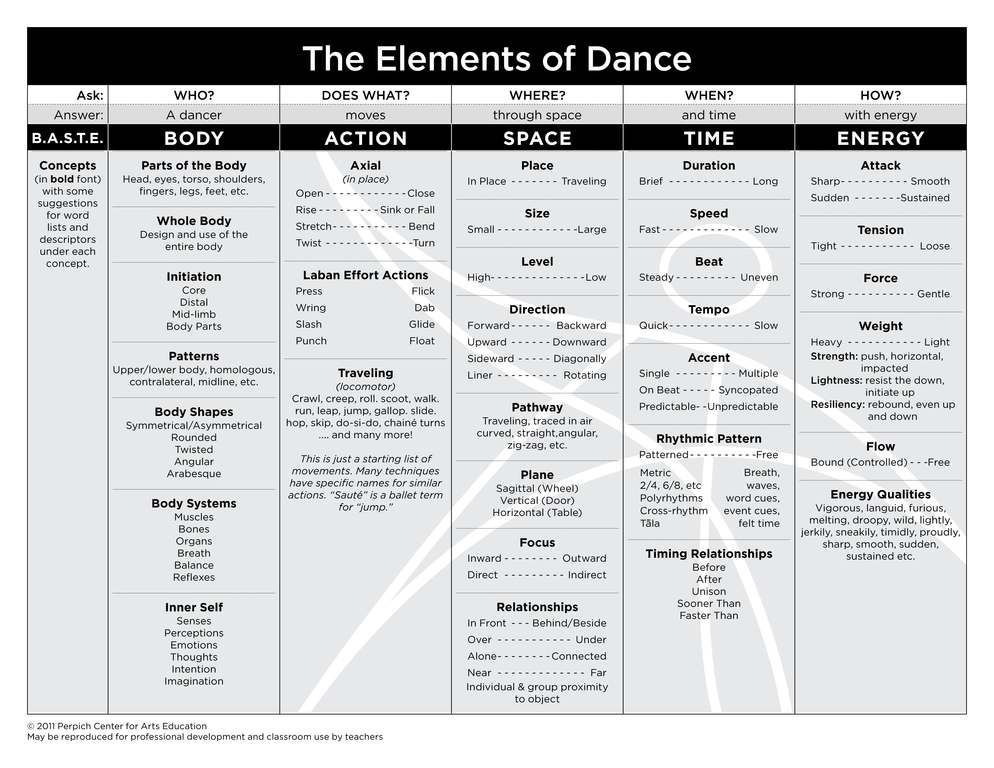 After that, periods of Baroque, post French
Revolution, Elizabethan era, World War 1, Prohibition, Ragtime and pre-WW2 brought many new waves of dance styles.
After that, periods of Baroque, post French
Revolution, Elizabethan era, World War 1, Prohibition, Ragtime and pre-WW2 brought many new waves of dance styles.
- Waltz, one of the most popular dances today came into popularity in mid-19th century by the efforts of the famous composer Johann Strauss, but its origins can be traced even to the distant 16th century.
- At first, waltz was performed with arm's length between male and female dances. The shocking transition to the close embrace happened only after English Queen Victoria fell in love with the dance and forced this change.
- Around 30 thousand people are employed in UK dance industry today, maintaining around 200 dance companies.
-
Even people in wheelchairs can dance! Such dancing is very popular in Europe where there are even competitions in Latin dances with special
wheelchair choreographies.
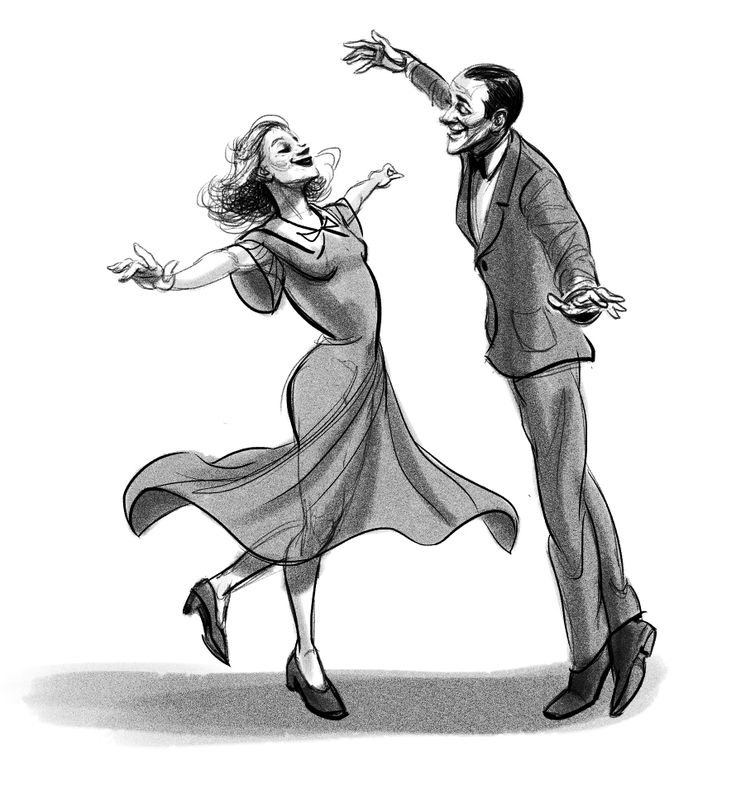
- Professional dance is today regarded as one of the most demanding physical abilities and sports. According to studies, 80% of all professional dances have at least one major injury during their career and staggering 93% of all dance teachers were forced into that position after career ending injury.
- High amount of injuries in professional dancing is induced by high levels of fatigue, little time for rest, inadequate healing techniques and high stress levels. All those factors can produce burn out periods when dancers have decreased strength, coordination, cognitive and immune functions.
-
Lion Dance is one of the most popular religious and ceremonious dances in China and surrounding countries of Taiwan, Korea and Japan. This dance
can signify bringing of good fortune, ward of evil spirits and be an excellent showcase in martial arts proficiency.

After several thousand years, dancing managed to completely infuse itself into our way of life. Here you can find more information about this fascinating activity and the impact it can have on our lives.
Since the dawn of human civilization, dance remained in close connection with us. Here you can find out more about this fascinating part of our culture, all from its roots in ancient civilizations to the modern times.
Thousand years of innovations and evolution created modern dance that we all enjoy today. Here you can find out more about specific dance styles and the way they are implemented and created.
There are many specific dances which can be sorted into single dance styles or families of related dances. Here you can read more about specific dances and variants of a specific dance.
Facts about Dancing
- Professional dances are today regarded as athletes.
-
Dancing is very beneficial to your health.
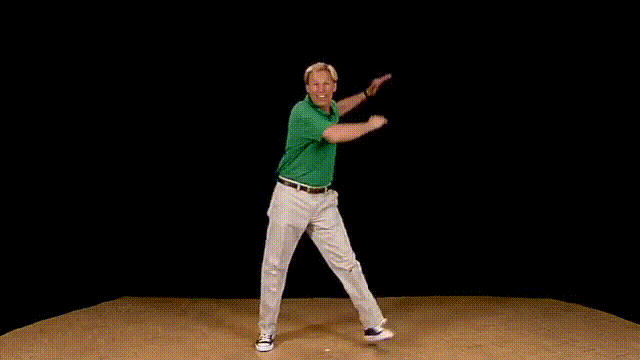 It lowers the chances for heart and blood vessel diseases, improves posture and weight, reduces
stress and tension, improve brain function because of constant presence of music, and can improve relationship between dance partners.
It lowers the chances for heart and blood vessel diseases, improves posture and weight, reduces
stress and tension, improve brain function because of constant presence of music, and can improve relationship between dance partners.
- Because of the need to maintain strict head position while dancing, doctors often prescribe use of dance for those patients that need to develop their peripheral vision.
- First balled dancer that used pointe shoes was Marie Taglioni in 1832 ballet "La Sylphide".
- One tutu shoe cost up to $2000 dollars to be made, and one ballerina wears between 2 and three pairs per week.
- Because of high physical demand on their bodies, most professional dances retire from dancing during their mid-30s.
-
Famous modern dance Cha-Cha originated from Cuba.
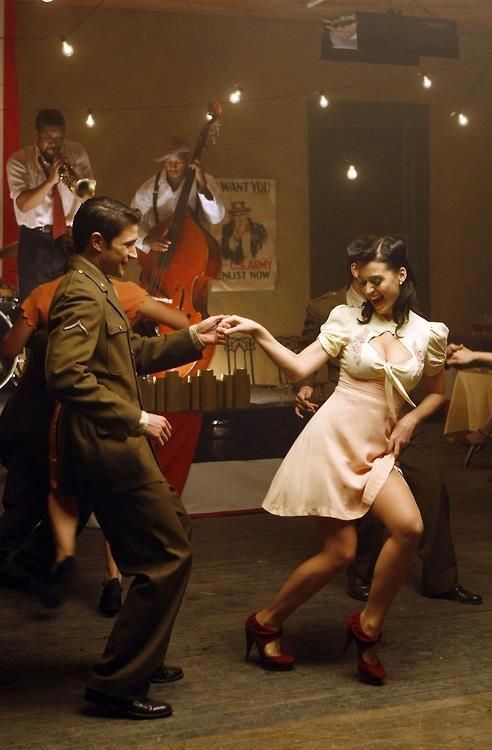
- Famous energetic ballroom dance can-can (or cancan), which is performed by the row of female dances in long skirts originated form 1830s Paris ballrooms.
- Origin of tap-dancing comes from the tribal dances of African slaves. Their arrival in North America introduced that dance to the western audiences.
- Dancing with metal tap shoes became popular in United States during 1920s and 1930s. One of the most famous tap-dancing performers of that time were Nicholas brothers, who were instrumental into bringing that style of dance into Hollywood movies.
- Famous movie stars such as Fred Astaire, Ray Bolger and Gene Kelley used tap-dancing to enchant the minds of the worldwide audience with great success.
-
Hindu religion has very close relationship to dance and music.
 This connection can most visible be seen in their countless Bollywood movies that
all celebrate dancing.
This connection can most visible be seen in their countless Bollywood movies that
all celebrate dancing.
- One of the dances that managed to completely change the landscape of dance history is polka! This energetic dance that was focused for young women that liked to jump, hop and turn swept across the world in mid-19th century.
- Dancing represent great physical exercise for the people of all age. It can be safely practiced from the age of 2 to 102!
- Many historical waves of dances were perceived as the "destructors" of the old way of dance. Examples of that can be found in the 1920's Charleston and the era of Rock music.
- First ballroom dance that was ever created is Italian Viennese Waltz.
-
One of the reason that ballroom dancing is starting to return into popularity is because famous TV competition show "Dancing with the Stars".
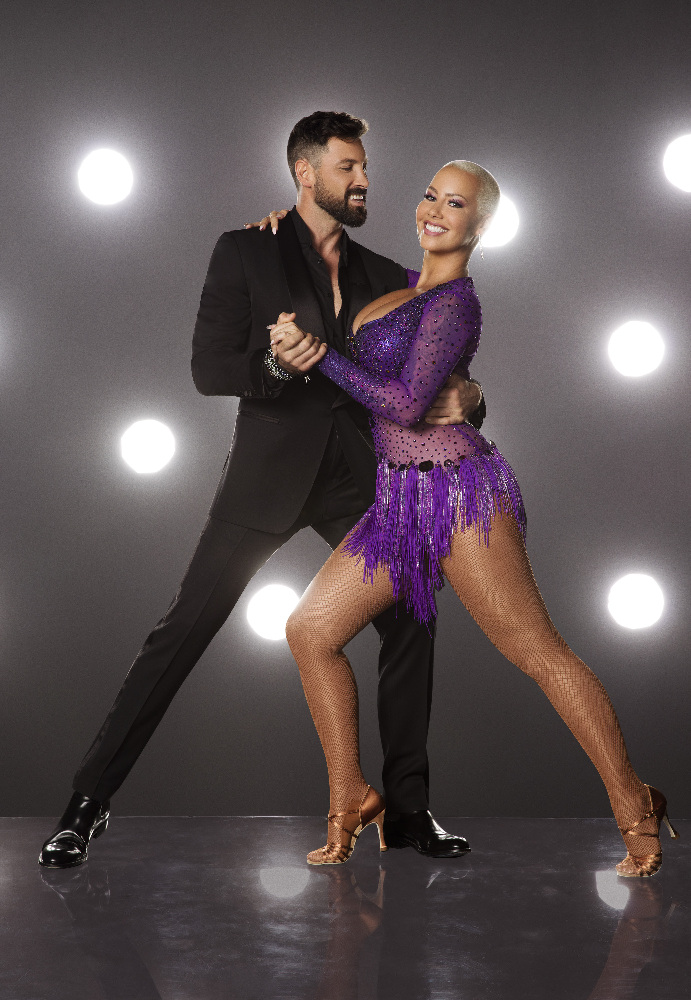
- African slaves that were brought in Brazil 300-400 years ago were prohibited from practicing martial arts. Therefore, they developed the mix of dancing and fighting that is known today as capoeira.
- Breakdancing was first created as a "less lethal" form of fighting between warring African-American street gangs in 1970s Bronx area of New York City. This form of dancing re-emerged into worldwide popularity during 1990s.
- Dance marathon competition started as early as 14th century England. They reached height of their popularity in the bloom of US entertainment expansion during 1930s depression era. Some competitions were performed in the 22 day long marathons.
-
The most sensual dance of modern times is without a doubt a Tango. It originated from 1890s Argentina, but it quickly became very successful in
Europe.

History of Dance - From Ancient Rituals to Modern Dances
From the earliest moments of known human history, dance accompanied ancient rituals, spiritual gatherings and social events. As a conduit of trance, spiritual force, pleasure, expression, performance and interaction, dance became infused into our nature from the earliest moments of our existence - from the moment when first African tribes covered themselves in war-paint to the to the spreading of music and dance across all four corners of the world. Without a doubt, dancing remains one of the most expressive forms of communications that we know.
The oldest proof of existence of dancing comes from the 9000 year old cave paintings that were found in India, which depicts various scenes of hunting,
childbirth, religious rites, burials and most importantly, communal drinking and dancing. Since dancing itself cannot leave clearly identifiable
archeological artifacts that can be found today, scientist looked for secondary clues, written word, stone carvings, paintings and similar artifacts. Period when dancing became widespread can be traced to the third millennia BC, when Egyptians started using dance as integral parts of their religious
ceremonies. Judging by the many tomb paintings that survived the tooth of time, Egyptian priests used musical instruments and dancers to mimic
important events - stories of gods and cosmic patterns of moving stars and sun.
Period when dancing became widespread can be traced to the third millennia BC, when Egyptians started using dance as integral parts of their religious
ceremonies. Judging by the many tomb paintings that survived the tooth of time, Egyptian priests used musical instruments and dancers to mimic
important events - stories of gods and cosmic patterns of moving stars and sun.
This tradition continued in ancient Greece, where dance was used very regular and openly to public (which eventually brought the birth of the famous Greek theatre in 6th century BC). Ancient paintings from 1st millennia clearly speak of many dance rituals in Greek culture, most notably the one before start of each Olympian Games, precursor to the modern Olympic Games. As centuries went on, many other religions infused dance in the core of their rituals, such as Hindu dance "Bharata Nhatyam" which is preformed even today.
Of course, not all dances in those ancient times were intended for religious purposes.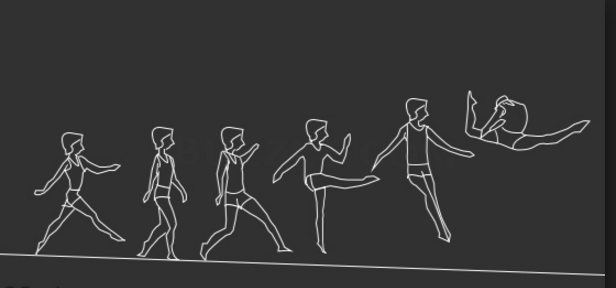 Ordinary people used dance for celebration, entertainment,
seduction and to induce the mood of frenzied exhilaration. Annual celebration in honor of Greek god of wine Dionysus (and later Roman god Bacchus)
included dancing and drinking for several days. 1400BC year old Egyptian painting showed the group of scantily dressed girls who danced for the wealthy
male crowd, supported by the several musicians. This kind of entertainment continued to be refined, until medieval times and the start of the
Renaissance when ballet became integral part of the wealthy class.
Ordinary people used dance for celebration, entertainment,
seduction and to induce the mood of frenzied exhilaration. Annual celebration in honor of Greek god of wine Dionysus (and later Roman god Bacchus)
included dancing and drinking for several days. 1400BC year old Egyptian painting showed the group of scantily dressed girls who danced for the wealthy
male crowd, supported by the several musicians. This kind of entertainment continued to be refined, until medieval times and the start of the
Renaissance when ballet became integral part of the wealthy class.
European dances before the start of Renaissance were not widely documented, any only few isolated fragments of their existence remain found today. The
most basic "chain shaped" dance practiced by commoners was most widespread across Europe, but the arrival of Renaissance and new forms of music brought
many other styles in fashion. Renaissance dances from Spain, France and Italy were soon surpassed by Baroque dances which became widely popular in
French and English courts. After the end of French Revolution, many new types of dances emerged with focused on less restrictive woman clothing, and
tendency for skipping and jumping. These dances soon became even more energetic in 1844 with the beginning of so called "international polka craze"
which also brought us the first appearance of famous waltz.
After the end of French Revolution, many new types of dances emerged with focused on less restrictive woman clothing, and
tendency for skipping and jumping. These dances soon became even more energetic in 1844 with the beginning of so called "international polka craze"
which also brought us the first appearance of famous waltz.
After the short period of time when great ballroom masters created wave of complicated dances, the era of modern day 2 person dance started with the careers of famous ballroom dances Vernon and Irene Castle. After those early years of 20th century many modern dances were invented (Foxtrot, One-Step, Tango, Charleston, Swing, Postmodern, Hip-hop, breakdancing and more) and the expansion of musical brought those dances into worldwide popularity.
How did household dances start?. Everything about everything. Volume 1
How did household dances start?. Everything about everything. Volume 1WikiReading
Everything about everything. Volume 1
Volume 1
Likum Arkady
Contents
How did household dances start?
Dancing has existed in one form or another almost since the first steps of mankind. Primitive people in dances depicted animals or forces of nature, and religious dances were part of the history of mankind from its very first pages.
But everyday dances are completely different. This is an activity for maximum enjoyment. Surprisingly, this type of dance also has a long history. Already the ancient Greeks were enthusiastic about dancing as entertainment. For example, Aristotle considered dances to be useful because they conveyed the characteristic features of human behavior. Homer also highly valued domestic dances.
At the same time, the outstanding Roman orator Cicero said this about dancing: “A sane person, unless he is out of his mind, does not dance alone, in anyone’s company, since dancing is a companion of licentiousness, debauchery and lust” . Just imagine what he would say about rock and roll!
Just imagine what he would say about rock and roll!
Among the Greeks, dancing was an integral part of all feasts and holidays. Their adherents were the great Socrates and Plato, which shows how deeply dances entered the life of ancient Hellas.
Dancing as a public art was known in Egypt over 4000 years ago! They were used to entertain guests at feasts. In India, too, the art of dance has existed as a form of entertainment since antiquity, although many of the dances had a religious content. Another country where domestic dances have existed since ancient times is Spain. Here, many of the dance steps may have been of Arabic origin.
The country where the dance art as we know it today really began to develop is France. Although the roots of many dances can be traced to other countries, it was in France that they were brought to perfection. It is difficult to overestimate the role of Catherine de Medici in this, who adored the art of dancing. Very quickly, from Versailles, the love of dancing spread to private homes.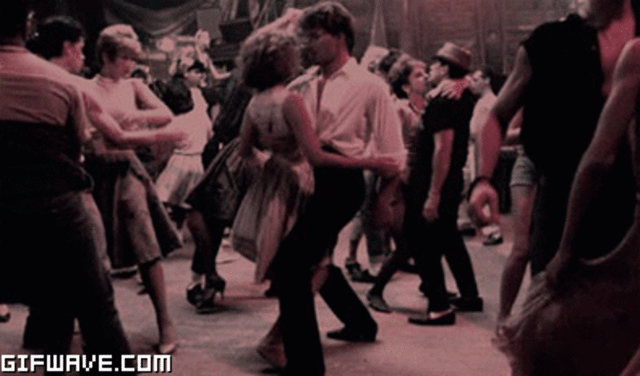
Under Louis XIV, the art of salon dance reached great heights. Magnificent ballet performances were organized, and the best composers of that time created their music specifically for court dances.
How did the Crusades to Palestine begin and end?
How did the Crusades to Palestine begin and end? Under the name of "crusades", the predatory campaigns of Western European feudal lords to the East in 1095-1270, which took place under the slogan of the liberation of Christian shrines in Palestine from the power of
4.5.6. Household appliances
4.5.6. Household electrical appliances Household electrical equipment is very convenient, but can bring a lot of trouble if you do not follow the safety measures during its installation and operation, a specialist must carry out work on grounding the equipment. If the freezer is equipped with locking
If the freezer is equipped with locking
Household details
household details Today, the International Space Station flies in space, on which six astronauts constantly work and live. But ask a passer-by on the street who exactly - hardly anyone will answer. And if the conversation comes about the inhabitants of the orbit, then many are now
Holocaust. When did the persecution of the Jews begin?
Holocaust. When did the persecution of the Jews begin? The sun is warm in spring At railway stations in big cities. Jews coming from Germany In the mid thirties... Compatriots who are wiser They are surprised noisily: “Where are you?” Jews flourished forever Under the protection of a reasonable
Why the two kings began to quarrel
Why did the two kings start strife The Crusaders intended to wait out the period of autumn storms on the island.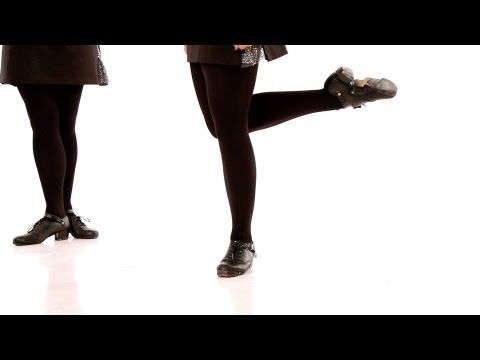 On a hill covered with grapes, not far from the walls of Messina, Richard set up a fortified camp. Pretty soon, the crusaders began to have friction with the local population.
On a hill covered with grapes, not far from the walls of Messina, Richard set up a fortified camp. Pretty soon, the crusaders began to have friction with the local population.
When did the Olympic Games start?
When did the Olympic Games start? The biggest award an athlete can receive is an Olympic gold medal. Did you know that the idea of the Olympic Games is over 2500 years old? According to Greek legend, the Olympic Games were organized by Hercules,
Why the two kings began to quarrel
Why did the two kings start strife The Crusaders intended to wait out the period of autumn storms on the island. On a hill covered with grapes, not far from the walls of Messina, Richard set up a fortified camp. Pretty soon, the crusaders began to have friction with the local population.
When did equestrian competitions begin?
When did horse racing start? Equestrian competitions are one of the oldest sports that bring joy to a person. Horse races were held in the most ancient centuries. They settled in Egypt, Babylon, Syria. Homer described the Greek chariot races, which
Horse races were held in the most ancient centuries. They settled in Egypt, Babylon, Syria. Homer described the Greek chariot races, which
Household poisons
household poisons antifreeze Antifreezes are liquids that do not freeze under the influence of low temperatures. They are used in installations operating at low temperatures, as well as for cooling car engines. Modern antifreezes have anti-corrosion
5.2.1. Household services to the population
5.2.1. Household services to the population Domestic services are those services that are provided for a fee to the population and are mentioned in the All-Russian Classifier (OKUN), approved by the Decree of the State Standard of Russia dated June 28, 1993 No. 163, with the exception of pawnshop services, as well as repairs,
Domestic water filters
Household water filters At home, we mainly use the water that flows from the tap for all domestic purposes.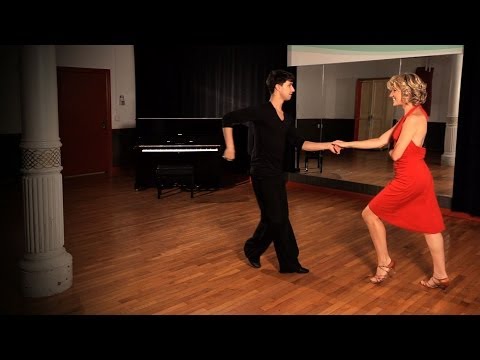 Our desperate housewives boil and knead the dough on it, not thinking that often not only the entire table
Our desperate housewives boil and knead the dough on it, not thinking that often not only the entire table
1.14.6. Home devices for communication via Wi-Fi
1.14.6. Home devices for communication via Wi-Fi Modern multifunctional devices, consisting of a printer and a scanner (hereinafter - MFP) with a wireless control and data transmission channel (via Wi-Fi), have gained recognition not only on a desktop or office table, but also in a regular
29April - Dance Day. What dances were like for our compatriots in the 19th-20th centuries
For the third year, "Motherland" has been collaborating with the amazing site "Prozhito" (PROZHITO.ORG), which contains more than 2300 diaries of Russians of the 19th-20th centuries. The next issue of "Live with the Motherland" is dedicated to the International Dance Day, which is celebrated on April 29.
The style and spelling of the authors have been preserved.
1807 YEAR
Stepan Zhikharev, writer, playwright, translator, senator, theater-goer and memoirist
January 26/February 7. [...] On the 3rd of February, a big ball was appointed at Count Orlov's, which is called a feast for the whole world. There are many dancers in mind, but there are almost no dancers at all. Some well-known ladies who knew each other briefly in the count's house were commissioned by the young countess to recruit good gentlemen. I do not know why Katerina Alexandrovna Muromtseva considers me among the good gentlemen and offered to take me along with her eldest son. "But I can't really dance," I said, "I'm shy and clumsy." - "Et pourtant vous avez danse chez les Werevkines et vous dansez souvent chez les Lobkoff, comme si je ne le savais pas" .). - "It's true, but the Verevkins had a ball easily, and at the Lobkovs I dance pour rire (for laughter - fr.) in my mug, and I don’t dance, but jump like a goat.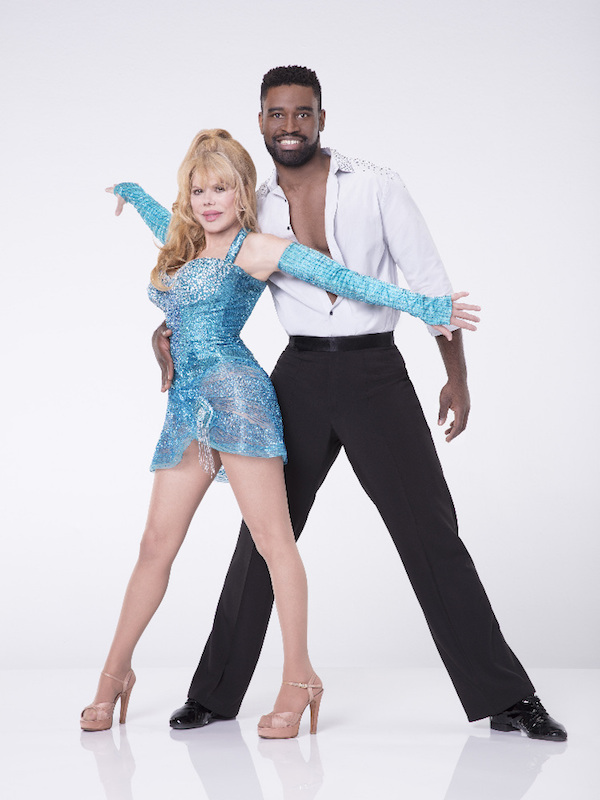 " - "And at the Orlovs you will jump like a ram - that's the whole difference! Talk to yourself incessantly with your lady - and they won't notice how you dance."
" - "And at the Orlovs you will jump like a ram - that's the whole difference! Talk to yourself incessantly with your lady - and they won't notice how you dance."
I refused, but Katerina Aleksandrovna resolutely announced to me: "Vous irez, mon cher; je le veux absolument: a votre age on ne refuse pas un bal comme celui du comte Orloff, ni une femme qui vous a vu naitre.Сest ridicule "(You will go, my dear; I definitely want this. At your age, they don’t refuse either such a ball as Count Orlov’s, or such a woman who saw you in diapers. This is wild! - fr.).
There is nothing to do, I will equip my ball costume: a puce tailcoat and a white waistcoat with a Turkish shawl vest. I'll undress with my grip!
1808 YEAR
Adelaide Eleanor Sophia Hauswolf, Swedish prisoner during the Russo-Swedish War of 1808-1809.
October 30/November 11. In the morning, dad decided to go to a masquerade. [...] The hall was large, but poorly lit. Music was Semevsky. Only a few of the townspeople were in fancy dress, but their costumes were so bad that they could be mistaken for commoners. Luckily, they weren't dancing, just running back and forth curiously. The governor opened the ball with a Polonaise with me. I was wearing a uniform dress with a wide ribbon, which caused a lot of questions.
Only a few of the townspeople were in fancy dress, but their costumes were so bad that they could be mistaken for commoners. Luckily, they weren't dancing, just running back and forth curiously. The governor opened the ball with a Polonaise with me. I was wearing a uniform dress with a wide ribbon, which caused a lot of questions.
It was said that there were not many people today, but there were 130 people. The ladies were dressed in beautiful fabrics and adorned with jewels, but without elegance or taste. They danced so badly that even our maids danced much better than them, and of all the men there was only one who could somehow lead his lady. From a good life and constant sitting, the women here are so extraordinarily full that during the polonaise and round dance they drag their feet; from a waltz or a quadrille they are lost for the whole evening. [...] I danced a lot and had a lot of fun, but dad was bored. At 12 o'clock we left.
1812 YEAR
Pavel Svinin, writer, historian, diplomat, editor and publisher of Otechestvennye Zapiski
11th [February].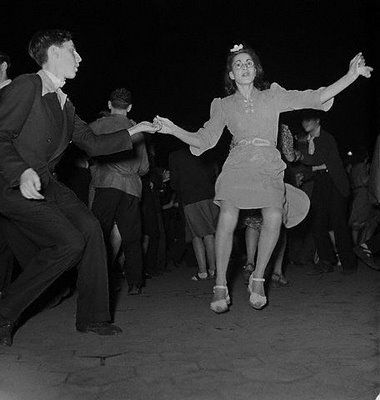 [...] It is strange to believe that here (in New York - Rev. ) at the best balls only two violins squeak and a drum beats - and the American Cottillions somehow jump on them both in moderation and not in moderation - just to dance. Apart from the cotillion, nothing else is danced here. Fathers and mothers are against the waltz - considering it indecent for a girl.
[...] It is strange to believe that here (in New York - Rev. ) at the best balls only two violins squeak and a drum beats - and the American Cottillions somehow jump on them both in moderation and not in moderation - just to dance. Apart from the cotillion, nothing else is danced here. Fathers and mothers are against the waltz - considering it indecent for a girl.
Natasha Rostova's first ball. Frame from the film "War and Peace".
1829
Daria Fikelmon, granddaughter of M.I. Kutuzova, the mistress of the literary salon, where A.S. Pushkin
August 12/24. Saturday. A big reception at the Chief of Ceremonies Stanislav Pototsky. The ball was given in honor of Khozrev-Mirza. All Persians miraculously kept themselves in high society, so alien to their way of life and habits. It seems to me that they could easily be forgiven for looking at us with surprise and, probably, even with slight contempt, because the mazurka and waltz, it would seem, should shock people who are used to the fact that their women live as recluses and wear a veil. . But, on the contrary, they seem to like everything here, and they are friendly to everything.
. But, on the contrary, they seem to like everything here, and they are friendly to everything.
N. Rusheva. N.N. Pushkin at the ball. 1967 Photo: RIA Novosti
1831
Alexander Nikitenko, journalist, literary historian, censor, official of the Ministry of Public Education
January 6/18. Attended a ball with General Herman, class inspector at the Catherine Institute in the Smolny Monastery. All of our ballroom meetings are the same. The difference is only in the decoration of the rooms and in the greater or lesser luxury of the treats. Three kinds of people are usually present at balls: dancers, Bostonists and spectators, who in turn are divided into spectators of the game and dances. The latter include obsolete ladies - the mothers of the heroines of the French quadrille and cotillion - or men invited to count. Dancing has always captivated me. I love to watch the play of faces of dancing couples.
Women especially provide grateful material for this; as for men's faces, they are very rarely expressive. At this ball I found no more than three or four; to them, no doubt, belongs the physiognomy of my friend, Ivan Karlovich Gebhardt. Two distinctive features of his character are surprisingly clearly imprinted on his face: light, graceful-sly subtlety of mind and nobility. His face boils with the play of life, blooming, beautiful. It is light, open, noble. But be afraid to meet his smile: subtle Attic irony will appear in it, like a thorn near a rose.
At this ball I found no more than three or four; to them, no doubt, belongs the physiognomy of my friend, Ivan Karlovich Gebhardt. Two distinctive features of his character are surprisingly clearly imprinted on his face: light, graceful-sly subtlety of mind and nobility. His face boils with the play of life, blooming, beautiful. It is light, open, noble. But be afraid to meet his smile: subtle Attic irony will appear in it, like a thorn near a rose.
1833
Daria Fikelmon
February 14/26. The masquerade at Volkonsky's is the most beautiful of the festivities that one can only see. The Quadrille of the Empress from the opera "The Miraculous Lamp" was excellent and exceptionally rich. She herself looked charmingly beautiful in her costume. Having bypassed all the halls with a cortege, the Empress sat down on the throne, and the participants in her quadrille performed dances very gracefully, but still they could have been better arranged. Then our quadrille began and had a great effect.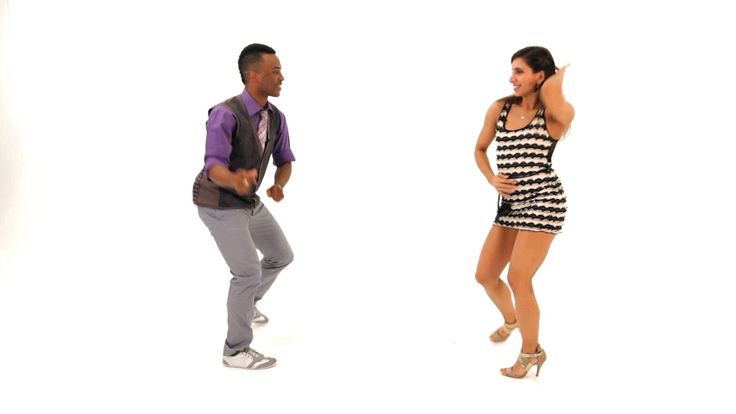 We danced the minuet and gavotte just fine, and everything, admittedly, turned out lovely.
We danced the minuet and gavotte just fine, and everything, admittedly, turned out lovely.
1840 YEAR
Wilhelm Kuchelbecker, poet and public figure, friend of Pushkin and Baratynsky, Pushkin's classmate at the Tsarskoye Selo Lyceum, collegiate assessor, Decembrist
October 7/19, . After a very, very unpleasant yesterday, I had fun today like a child. Istomin started for us un petit bal de famille et imaginez vous (a small family ball, and imagine - fr.) I, an old bastard, danced quadrilles, mazurkas, waltzes without rest, and God knows what else, of course, confused the figures as well as possible ; but, really, we had more fun than at other prim city real balls.
1864
Varvara Morozova, daughter of industrialist and collector A.I. Khludova, philanthropist
July 21/August 2. [...] I looked forward to yesterday, confident that I would see V. I was expecting his arrival with emotional excitement. Finally, I saw him, and he bowed to me for the first time. I was in awe and eagerly awaiting the dance. I told Lydia that I would hate him, unless he invited me to the first quadrille, with trepidation I expected his arrival, he was not there, finally, he came up and engaged me. I was overjoyed and even went so far as to kiss Lydia's hand. How cute she is! Now, I thought, I have confidence in you.
I was in awe and eagerly awaiting the dance. I told Lydia that I would hate him, unless he invited me to the first quadrille, with trepidation I expected his arrival, he was not there, finally, he came up and engaged me. I was overjoyed and even went so far as to kiss Lydia's hand. How cute she is! Now, I thought, I have confidence in you.
Finally, the quadrille began. God, what attentiveness, courtesy, he seems to want to charm her. From the first minute we began to talk, and then all my suspicions were justified, and I am glad that I can boast of foresight. He said a lot of pleasant things to me, and so the whole evening flew by.
Peter Kropotkin, scientist, anarchist
2 September. Steamboat "Konstantin". [...] On the "Konstantin" the wardroom is 27 feet long (the width of the ship) and 16 feet wide. Here they arranged dances; found 2 violinists, concocted a triangle - that's the orchestra. Of course, there were hunters, and even more so hunters for dancing: priests, the daughter of an ordinary officer, steamship ladies, one ardent food official, the printer Andreev, Kononovich, myself, even Babst.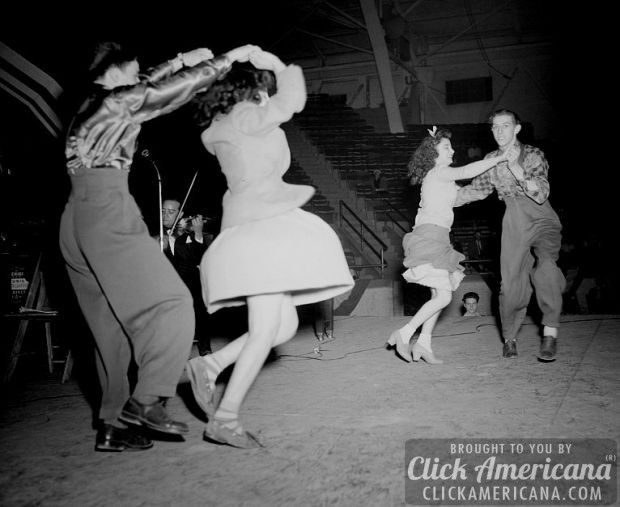 One cannot be satisfied with quadrilles - the tremblant polka, the unchanged mazurka polka, the roll (waltz. - Ed.). But the roll did not go smoothly: the musicians did not know any other way than in three steps, convenient for dancing with a pipe in their hands or, perhaps, with a mug of beer - you can be sure that with such slow movements it would not have spilled.
One cannot be satisfied with quadrilles - the tremblant polka, the unchanged mazurka polka, the roll (waltz. - Ed.). But the roll did not go smoothly: the musicians did not know any other way than in three steps, convenient for dancing with a pipe in their hands or, perhaps, with a mug of beer - you can be sure that with such slow movements it would not have spilled.
1882
Tatyana Sukhotina-Tolstaya, eldest daughter of L.N. Tolstoy, memoirist
May 29/June 10. [...] This evening my father was talking about what kind of person he would like to marry me to. He says, certainly for a person outstanding in something, but not a secular one. “Like, he says, if a mazurka dances well, it means that he is no good.” In my opinion, too. Are we being judged like this? And I tried so hard to learn how to dance the mazurka best of all, and when Misha Sukhotin told me that he was ashamed to dance with me, because I dance so well, and he is so disgusting, how proud I was!
September 29 (September 17). I just came from the staff room, where my mother is celebrating her name day. They bought harmony and treats, and they dance there. Their dance enthralled me. Arina the cowgirl dances wonderfully: she will pass so smoothly, then she will stop, she will move her shoulders and turn around quickly and start dancing again. I really wanted to go too, but it would be awkward, and they would feel it. No matter how beautiful the waltz and the mazurka are, it is incomparably and less and more beautiful, and goes straight from the heart, and most importantly, more original: everyone shows his character in his dance, and it’s good that this cannot be taught, everyone has his own special manner.
I just came from the staff room, where my mother is celebrating her name day. They bought harmony and treats, and they dance there. Their dance enthralled me. Arina the cowgirl dances wonderfully: she will pass so smoothly, then she will stop, she will move her shoulders and turn around quickly and start dancing again. I really wanted to go too, but it would be awkward, and they would feel it. No matter how beautiful the waltz and the mazurka are, it is incomparably and less and more beautiful, and goes straight from the heart, and most importantly, more original: everyone shows his character in his dance, and it’s good that this cannot be taught, everyone has his own special manner.
1892 YEAR
Maximilian Voloshin, poet, translator, landscape painter, art and literary critic
December 17/29. The whole evening passed remarkably cheerfully. After a while, almost everyone had already gathered, and the dancing began. Olga V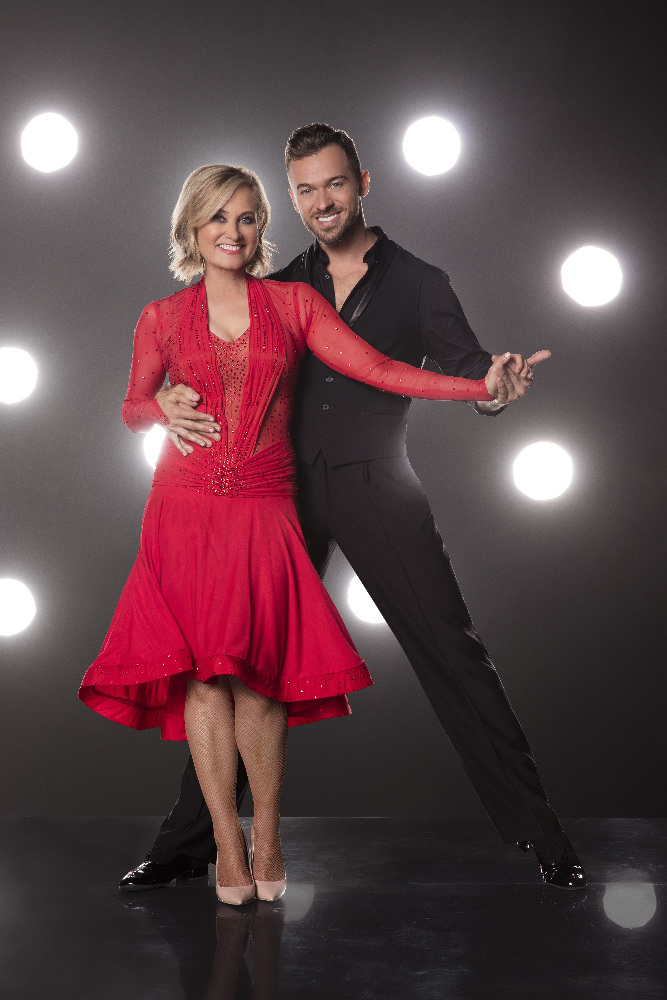 "Yes, I don't know how, I never danced!" - "Well, make up your mind, try it!" I made up my mind, and it turned out that I can dance the polka. "Well, now try the waltz!" - "Well, it's me, really, I can't do it at all. After all, I still learned to dance the polka, but never the waltz." - "Well, nonsense, let's go and learn this. After all, you didn't want to dance the polka either." I made up my mind, and it turned out that I could also dance a waltz. So in the end he went out and danced all the time and with all the ladies. I still can't believe that I could dance the polka and the waltz. Now, then, you can say that I'm dancing.
"Yes, I don't know how, I never danced!" - "Well, make up your mind, try it!" I made up my mind, and it turned out that I can dance the polka. "Well, now try the waltz!" - "Well, it's me, really, I can't do it at all. After all, I still learned to dance the polka, but never the waltz." - "Well, nonsense, let's go and learn this. After all, you didn't want to dance the polka either." I made up my mind, and it turned out that I could also dance a waltz. So in the end he went out and danced all the time and with all the ladies. I still can't believe that I could dance the polka and the waltz. Now, then, you can say that I'm dancing.
1896 YEAR
Vladimir Lamzdorf, Minister of Foreign Affairs of the Russian Empire
February 3/15. Gears tells me about yesterday's costume ball at Grand Duke Vladimir's. [...] Sovereign yesterday, pacing around the living rooms, entering into conversations; it seems to me that his majesty goes too far in his modesty. Girs invited Princess Yusupova to a French quadrille at the moment when the sovereign was approaching her with the same purpose. "Ah, you have already been invited, so let's dance the next quadrille," the sovereign seemed to say. Despite all the efforts of the princess and Girs to prove that no previous agreement could compare with the honor of the royal invitation, the sovereign confirmed his decision and gave Girs the first round of a quadrille with Princess Yusupova.
Girs invited Princess Yusupova to a French quadrille at the moment when the sovereign was approaching her with the same purpose. "Ah, you have already been invited, so let's dance the next quadrille," the sovereign seemed to say. Despite all the efforts of the princess and Girs to prove that no previous agreement could compare with the honor of the royal invitation, the sovereign confirmed his decision and gave Girs the first round of a quadrille with Princess Yusupova.
At a ballroom dance class at the Smolny Institute for Noble Maidens. Photo: Karl Bulla
1900 YEAR
Vera Khludova, 11 years old
January 11/23. Starting to write a diary! [...] Today we went to a dance lesson with the Naydenovs (cousin), where we now dance: polka, waltz, minion, pas de quatre - we dance all this! I love to dance, but only to watch when they dance dances that we did not learn, new ones - then it's very boring! Look around, yawn!
Eugene Lansere, artist, member of the "World of Art" association
January 22-23/February 3-4. Saturday - Sunday. 3 am. I have just returned alone (that is, with Mile) from the very first ball at the Meisners. Mom, Cat, Manya and Kolya still remained. I only want (and only because I haven't written for a long time) to draw a small parallel with the ball at Uncle Lyulya's.
Saturday - Sunday. 3 am. I have just returned alone (that is, with Mile) from the very first ball at the Meisners. Mom, Cat, Manya and Kolya still remained. I only want (and only because I haven't written for a long time) to draw a small parallel with the ball at Uncle Lyulya's.
Some facts: then I wanted to be terribly, I was afraid and worried. Then there was some kind of fun dancing (polka, square dance), stayed until 5 in the morning and after that was quite pleased with the evening. Somehow I grew cold and lost my taste for balls (before that, I longed painfully to learn how to dance). Today, until the evening, I hardly thought, I went indifferently and almost confidently. And just as he felt embarrassed, proudly tormented by his boredom, and finally left.
And now it's just the opposite - again I painfully want to learn how to dance, again dances and balls seem to me like something magical, a goal that I want to achieve, and I'm already thinking about the academics' ball with thirst and I want to learn how to dance, well, at least a waltz!
1902 YEAR
Sergei Zimin, theatrical figure, philanthropist, founder of a private theater
January 18/31.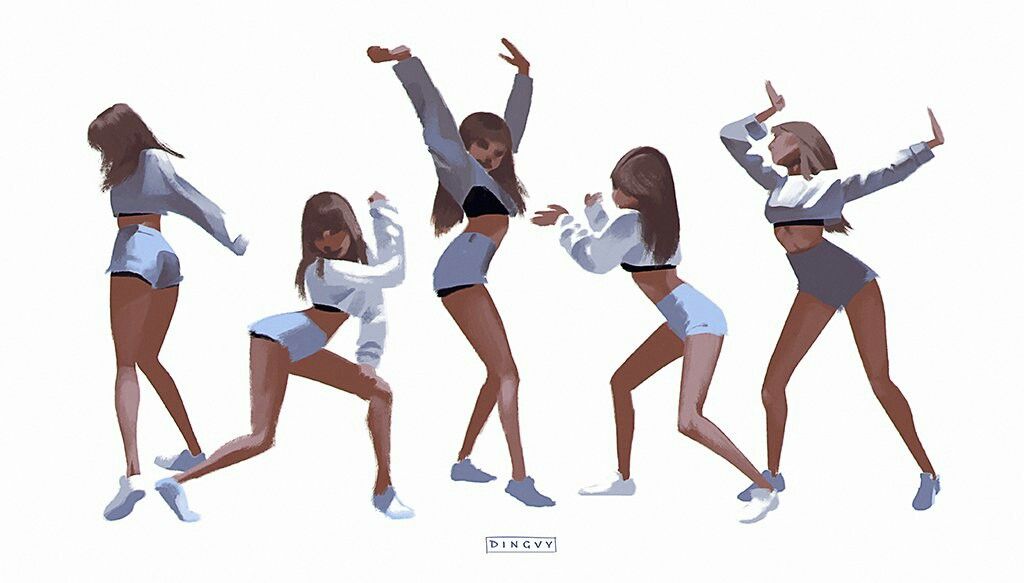 U N.L. Zimin's blessing was a lot of fun. I even danced. To do this, they began to study with the ballet dancer Domashev, a wonderful dancer of the Bolshoi Theater. Small in stature, but surprisingly elegant, he fascinated us all, and we enjoyed studying with him.
U N.L. Zimin's blessing was a lot of fun. I even danced. To do this, they began to study with the ballet dancer Domashev, a wonderful dancer of the Bolshoi Theater. Small in stature, but surprisingly elegant, he fascinated us all, and we enjoyed studying with him.
1915 YEAR
Sergey Vavilov, physicist
April 30/May 13. Vysniki. I went out into the garden in front of the house. A charming bright May night, the old house is lit up in some places and acts as an elegiac bright spot among the ancient chestnut trees. Fun in the yard, tambourines, harmonica. The polka and mazurka are famously beaten off, couples are spinning. It is somehow inexpressibly sad to look at this fun. 2-3 days will pass, there will be Schmidts, Mullers and all sorts of Haudegen. Something like "Feast in the Time of Plague".
Celebration at the collegiate registrar's house. Early 1900s.
1920 YEAR
Nikolai Golovin, Professor of Geodesy at the Moscow Land Survey and a number of other institutes
January 13/26.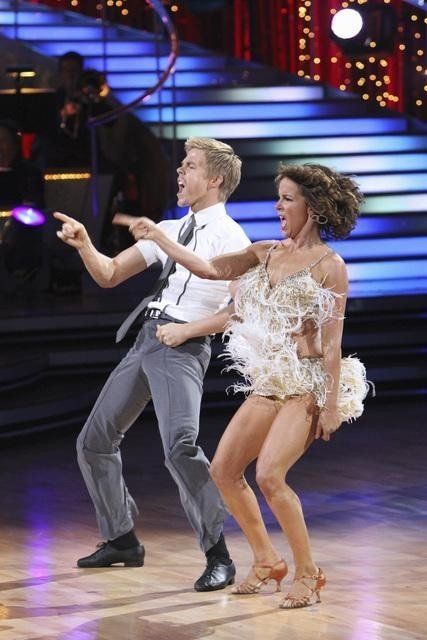 Yesterday was St. Tatyana, Alma Mater Day, Moscow University. The day before, the students of the Moscow Polytechnic [Institute and students of the Land Survey Institute] staged a concert-ball on Novaya Basmannaya in the house of the former Prince Kurakin. They invited me, they sent honorary tickets. But neither I nor Marusya could go there. Yesterday the students, and today the listeners reported that the evening was a success, there were teachers and professors with their wives. Many young people stayed until morning. Sofya Ivanovna Bocharnikova, our permanent clerk, stayed until 9hours of the morning. And after her departure, the hidden young people still danced until 11 o'clock in the morning. The artists were pleasantly surprised by the composition of the audience, it was "clean". They say that now it is the greatest rarity.
Yesterday was St. Tatyana, Alma Mater Day, Moscow University. The day before, the students of the Moscow Polytechnic [Institute and students of the Land Survey Institute] staged a concert-ball on Novaya Basmannaya in the house of the former Prince Kurakin. They invited me, they sent honorary tickets. But neither I nor Marusya could go there. Yesterday the students, and today the listeners reported that the evening was a success, there were teachers and professors with their wives. Many young people stayed until morning. Sofya Ivanovna Bocharnikova, our permanent clerk, stayed until 9hours of the morning. And after her departure, the hidden young people still danced until 11 o'clock in the morning. The artists were pleasantly surprised by the composition of the audience, it was "clean". They say that now it is the greatest rarity.
Nikita Okunev, employee of the shipping company
July 12/25. Oswald Spengler (German) wrote the book "Death of the West", which has an incredible success. It vividly proves that all civilized humanity is now in a period of collapse, an unprecedented catastrophe and on the eve of death. The mass seeks support in crude mysticism and ... in the foxtrot. It means "fox step", the so-called fashionable dance that came from America. This is the legacy of tango. In the tango, he says, there was the refinement of vice, and in the foxtrot there was only the rudeness of debauchery.
It vividly proves that all civilized humanity is now in a period of collapse, an unprecedented catastrophe and on the eve of death. The mass seeks support in crude mysticism and ... in the foxtrot. It means "fox step", the so-called fashionable dance that came from America. This is the legacy of tango. In the tango, he says, there was the refinement of vice, and in the foxtrot there was only the rudeness of debauchery.
Yu. Pimenov. NEP. At the restaurant. 1927
1921 YEAR
Nikolai Mendelson, philologist, teacher
5/I. Yesterday in the gymnasium there was a meeting of those who graduated from all the issues. 50-60 people gathered. E.I. Yermolova (Yermilova?) showed off her ballet studio. Ballet is now fashionable, as is poetry. As in the old days, very old, embroidering purses, the pianoforte and the French language were a necessary accessory for the upbringing of a girl, so now "poetry" - theoretical and practical - and ballet have become the same necessity.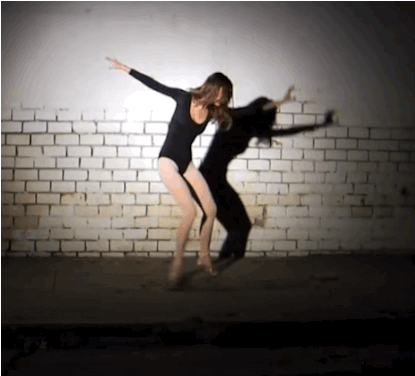 Girls and girls from the studio in most external data do not have: bad figures and ugly legs. Two or three, however, nothing. Dancing, in general, is very mediocre.
Girls and girls from the studio in most external data do not have: bad figures and ugly legs. Two or three, however, nothing. Dancing, in general, is very mediocre.
Ksenia Solovova, chemist
March 14th. I danced in the gymnasium with Kirill Focht, he is so sleepy, he does everything wrong. I didn’t even have much pleasure in dancing! Whether it's Styopa's business, it's nice to be with him, he's so dexterous. He is now quite firmly settled in my heart.
1927
Irina Knorring, poetess, memoirist, emigrant
February 2nd. For the first, and maybe the last time I saw dancing in Paris. There were many French women, and they gave the evening a peculiar Parisian flavor. Small figures, cropped hair, raised shoulders, short dresses, lined eyes and bright lips - dolls, porcelain figurines. God ordered them to dance the foxtrot, it is stylish and even beautiful in its own way. And when our Russian aunt with breasts in three girths begins to bend, to stagnate - then this is ridiculous and ugly.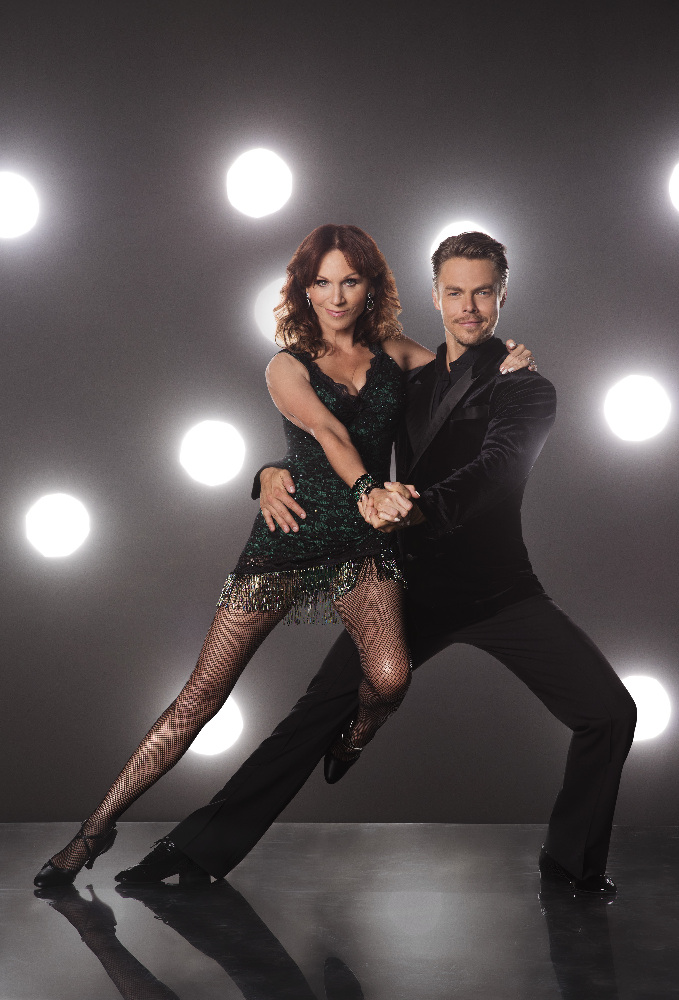
Feature of the new dances: they are not cheerful (not my idea). The French women dance seriously, they perform sacred rites. No flushed cheeks and sparkling eyes. There is no fun and no beauty, but dancing does not always serve fun and aesthetics, and such a touch of two bodies, so close that you feel every curve of the body, reaches its own. Sometimes it is enough to take the hand above the hand to feel the trembling "of the whole body along." Yes, Marina!
1930
Olga Radivilina, schoolgirl
January 3rd. After supper everyone began to dance the foxtrot, what an ugly dance it is: people press against each other with their whole bodies up to the head and then move in this position on the floor, making barely noticeable figures that in an ordinary position would be taken for indecent.
People dance the foxtrot to hug each other, why can't they hug without music if they want to? Why is it considered indecent? Why is it not indecent to make voluptuous movements to the music? I don't understand why there are such conventions.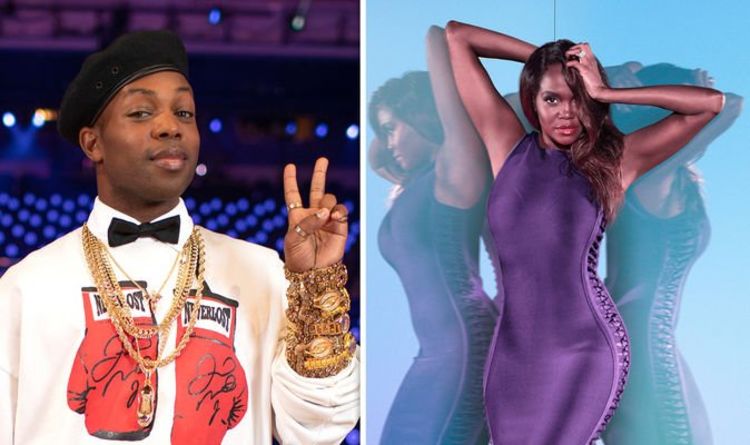 If you want to hug, then hug without music.
If you want to hug, then hug without music.
I really liked Rudzutak's behavior, emphasizing my thoughts. One young woman (one of the people I like in this company) invited him to dance the foxtrot (he doesn't dance at all). He took her, put his arms around her, pressed her to him. She struggled, but he was strong, holding her a little so he released her and said that it was better than a foxtrot. In fact, it's better than the foxtrot. But not everyone is allowed to do this, and not everyone dares to hug a woman, and not every woman will allow herself to be hugged without music.
1934
Boris Sushchenko, resident of Barnaul
December 17th. Left home at 8 yesterday, arrived at 1 1 / 2 at night; played with Oleg Vit. 3 hours in chess, (won), and from 11 am to 1 am - ... "and!" tango and foxtrot! Here are miracles in a sieve, I'm dancing... tango. For the time being, successes on the "bang", the sequence and "formulation" of movements do not fit in the head - the legs fail; summary, or what, start?
K.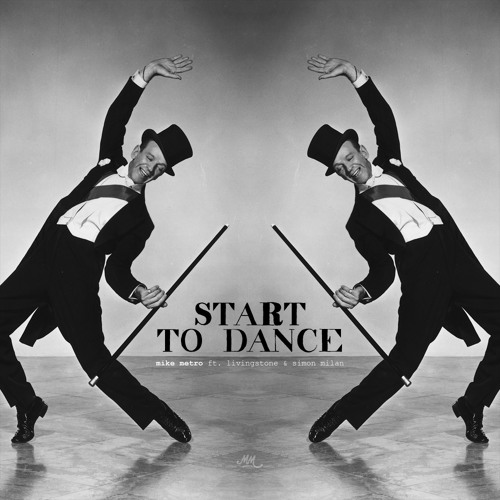 Korovin. Village dances. 1936 year.
Korovin. Village dances. 1936 year.
1936 YEAR
Nina Kosterina, Komsomol member, daughter of the repressed writer and journalist A. Kosterin
I would like to start the diary from a date that for some reason stuck in my memory. It was April 8th. I was fifteen years old and celebrating my birthday. At the party I had Alik, Boris, Volodya, Volya, Lusya, Tonya and Vitya. I was worried before the evening and was afraid that it would be boring. However, the evening went well - not a single birthday of my life was so fun. And that evening, for the first time, I "risked" dancing with the boys - with Alik and Vitya. When Alik hugged me around the waist, and I put my hand on his shoulder, I involuntarily shuddered - it was such an exciting and joyful feeling. I have been dancing for a long time and love to dance, but never with such pleasure. Jokingly, Alik lifted me into the air: my heart sank, my breath caught and my cheeks burned with heat ... In a holiday home. 1938
1938
1937
Dmitry Mikhailov, high school student
November 23rd. For a long time I wondered: "Why don't our guys dance?" After all, the guys 2-3 years older than us already danced in the 8th-9th grades. They don't dance because they are embarrassed to learn. (And why don't I dance? Yes, that's why, too, perhaps).
This evening there were several guys and girls in the class for the rehearsal of the play. Well, they messed around, of course. I started talking about dancing. Galya Fursova told me: "Dimka, let's learn to dance!" And instead of the usual refusal, I said: "Come on." She looked a little embarrassed, but that's okay. For a few minutes she taught me to dance the foxtrot. Artemov V. (Pistik) immediately wanted to study. She taught him further and almost learned it.
And now I'm sure that all the "leading" guys in our class will start learning to dance.
1943 YEAR
Galina Zimnitskaya, student of the FZO, blockade
May 3rd.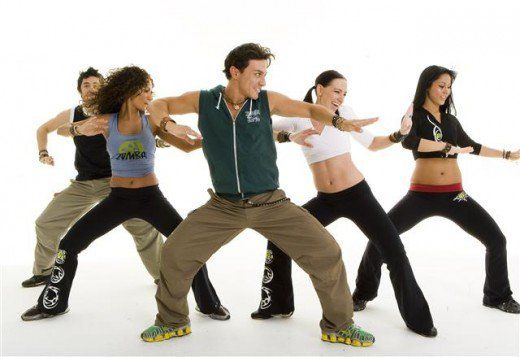 I celebrated the First of May in a way I couldn't even dream of. We went to the factory yard, where they had a dance. I didn't dance because my shoes fell apart in the winter. I was in my grandmother's leather slippers and therefore huddled on the sidelines. But it didn't spoil my holiday. And in the yard, the bosses, a little tipsy, were dancing so much that it was a pleasure to watch. The accordionist played everything that was asked: a Russian, a gypsy girl, a lady and even a quadrille.
I celebrated the First of May in a way I couldn't even dream of. We went to the factory yard, where they had a dance. I didn't dance because my shoes fell apart in the winter. I was in my grandmother's leather slippers and therefore huddled on the sidelines. But it didn't spoil my holiday. And in the yard, the bosses, a little tipsy, were dancing so much that it was a pleasure to watch. The accordionist played everything that was asked: a Russian, a gypsy girl, a lady and even a quadrille.
At rest. 1943
1944 YEAR
Vladimir Tarasov, participant in the battles for the liberation of the Baltic States
Yesterday we were given warm footcloths and mittens. Suddenly the radio started playing tango. Kostya and I could not stand it and let's dance. How I would like to arrange a small evening, dance, have fun. But, alas, ah!!!Grigory Kasyan, political instructor
December 19th. Hospital N 3336. Toropets. The other day I learned to dance to the button accordion and have already danced the Boston waltz, tango and foxtrot.
